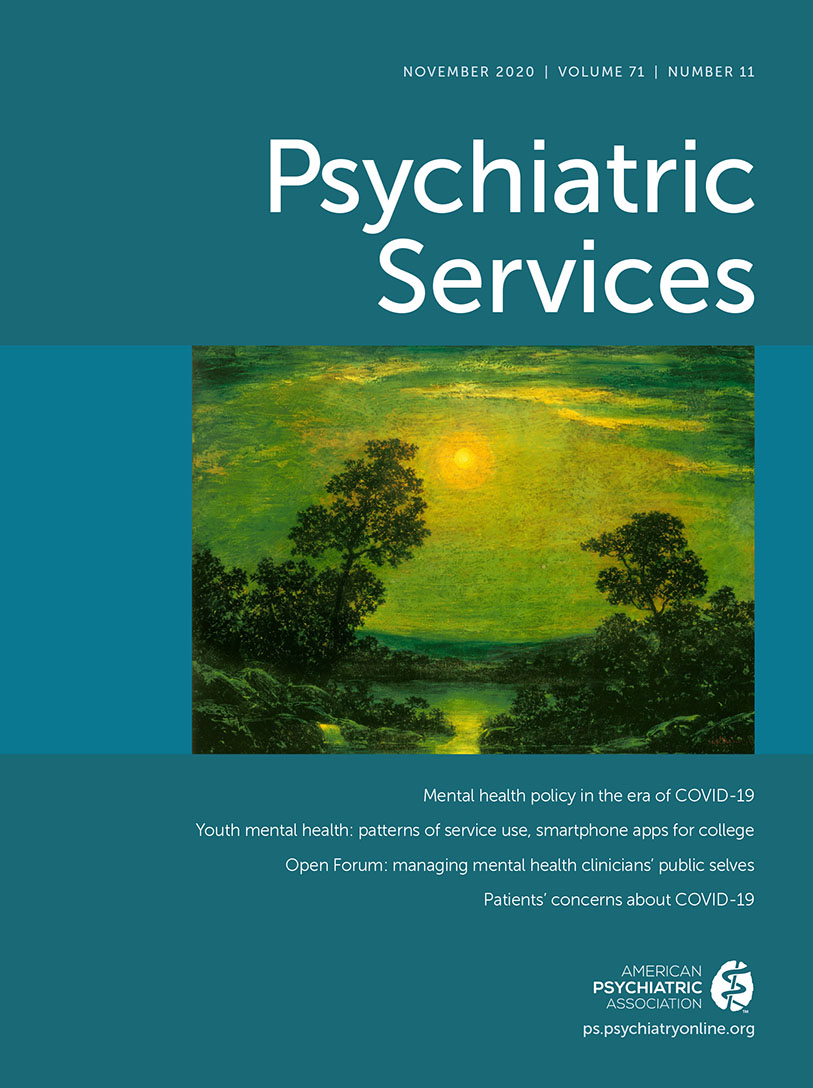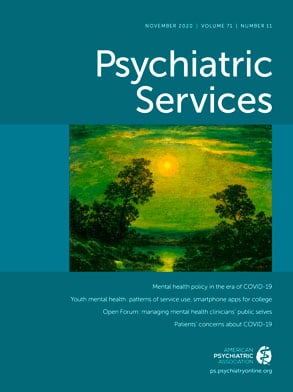Mental Health Policy in the Era of COVID-19
Abstract
Mental Health Policy Responses to the COVID-19 crisis
Legislation
Families First Coronavirus Response Act.
Coronavirus Aid, Relief, and Economic Security Act.
Regulation
Financing
Accountability
Workforce Development
Special Considerations for Mental Health Policy in the Context of COVID-19
Social Determinants of Health
Innovative Technologies
Research and Evaluation
Conclusions
Footnote
References
Information & Authors
Information
Published In
History
Keywords
Authors
Metrics & Citations
Metrics
Citations
Export Citations
If you have the appropriate software installed, you can download article citation data to the citation manager of your choice. Simply select your manager software from the list below and click Download.
For more information or tips please see 'Downloading to a citation manager' in the Help menu.
View Options
View options
PDF/EPUB
View PDF/EPUBLogin options
Already a subscriber? Access your subscription through your login credentials or your institution for full access to this article.
Personal login Institutional Login Open Athens loginNot a subscriber?
PsychiatryOnline subscription options offer access to the DSM-5-TR® library, books, journals, CME, and patient resources. This all-in-one virtual library provides psychiatrists and mental health professionals with key resources for diagnosis, treatment, research, and professional development.
Need more help? PsychiatryOnline Customer Service may be reached by emailing PsychiatryOnline@psych.org or by calling 800-368-5777 (in the U.S.) or 703-907-7322 (outside the U.S.).

